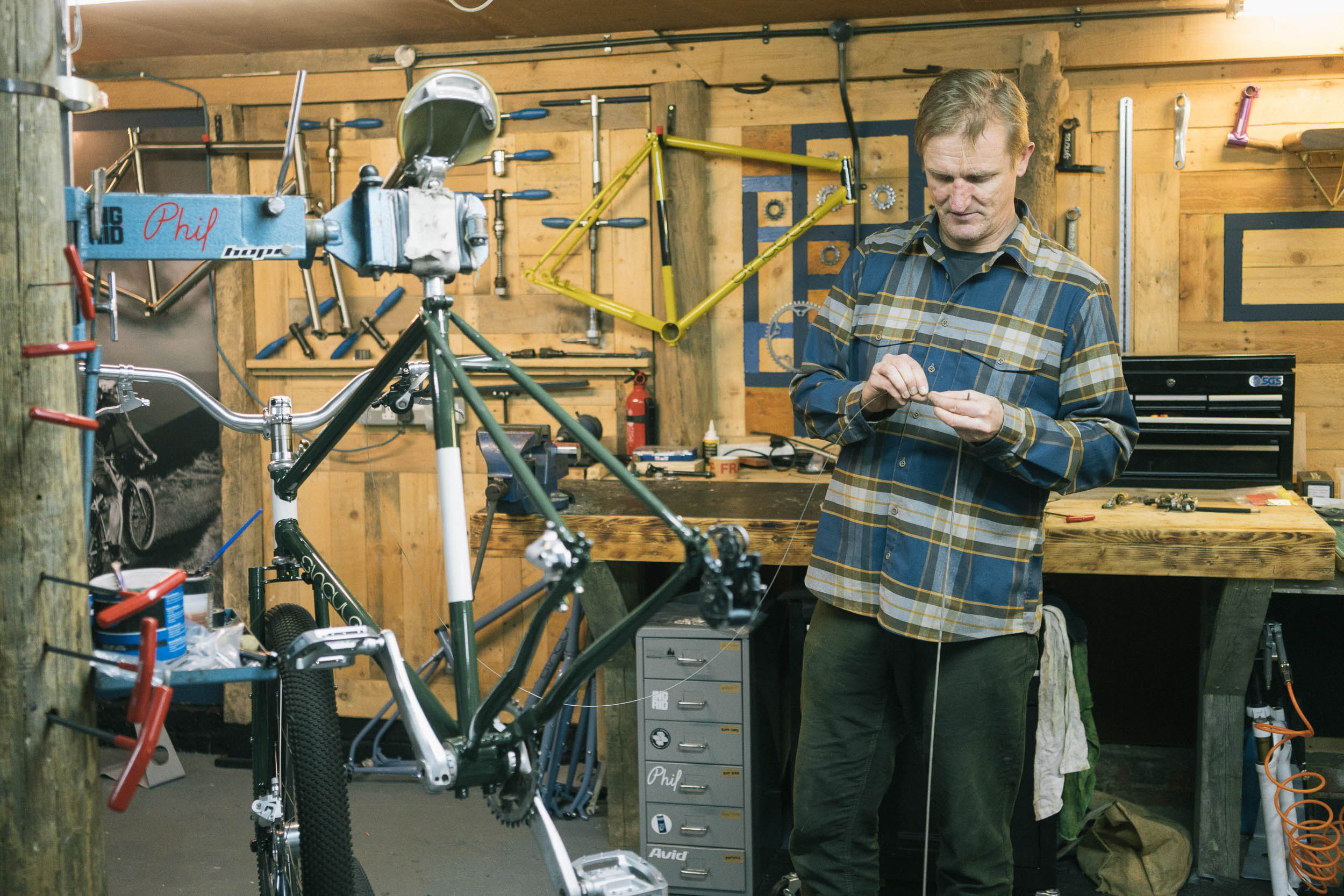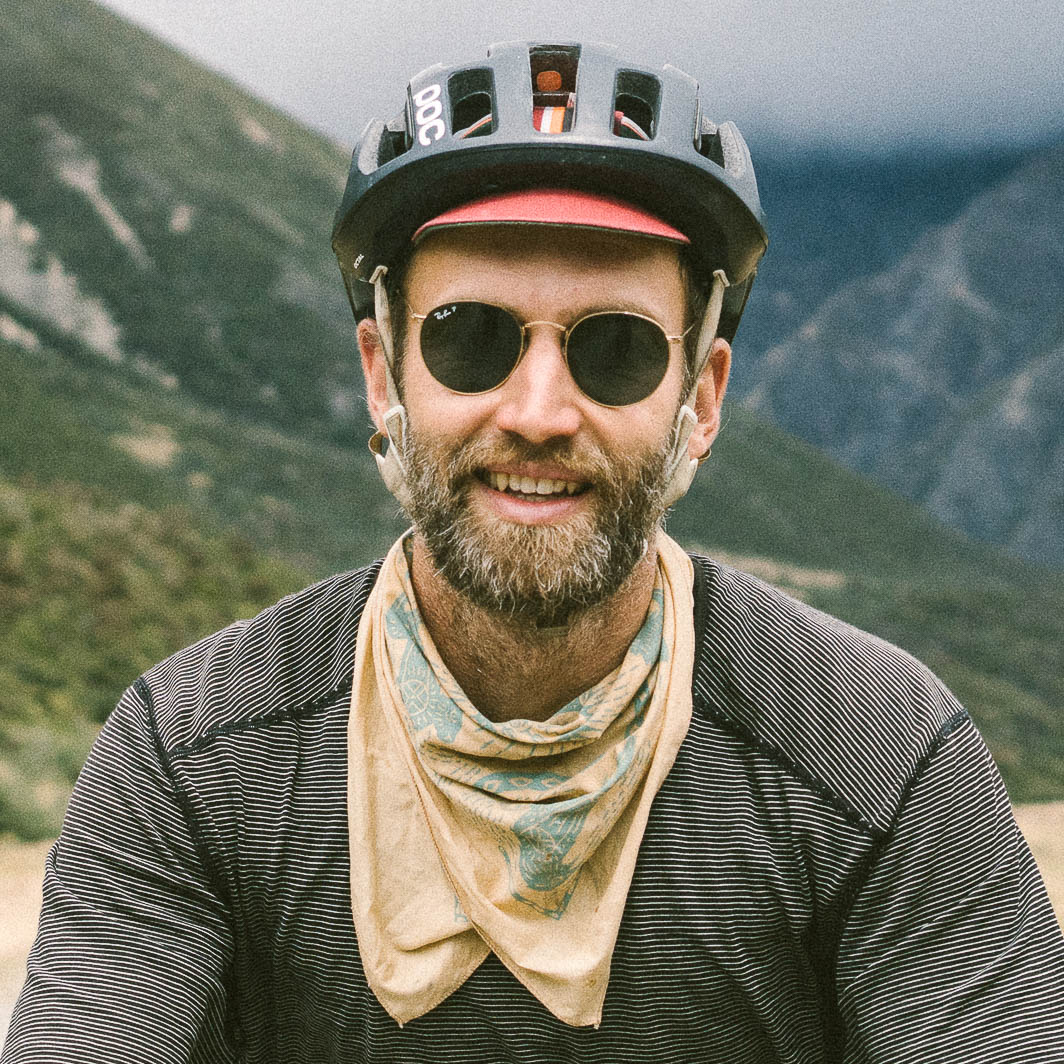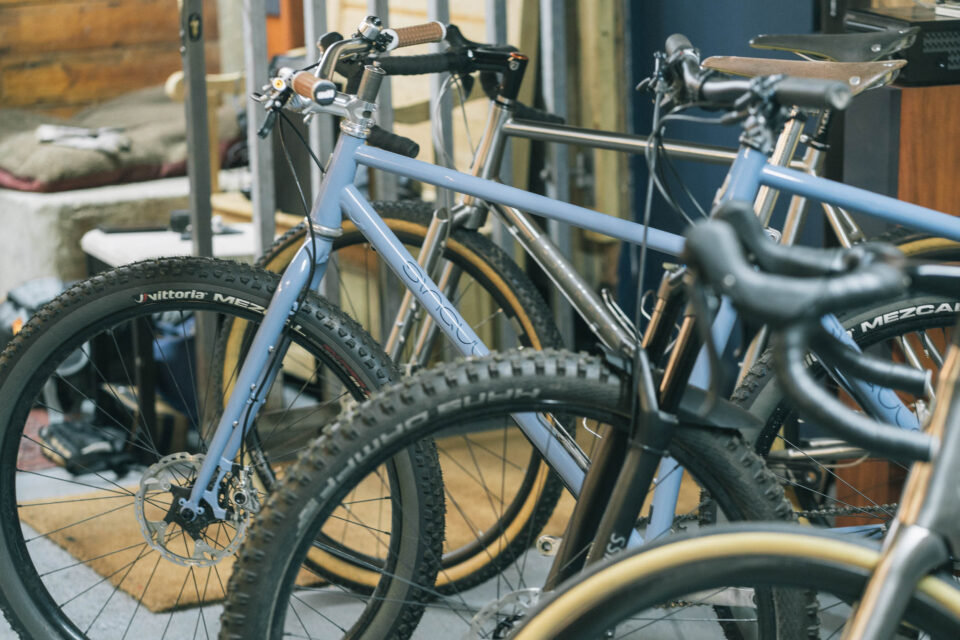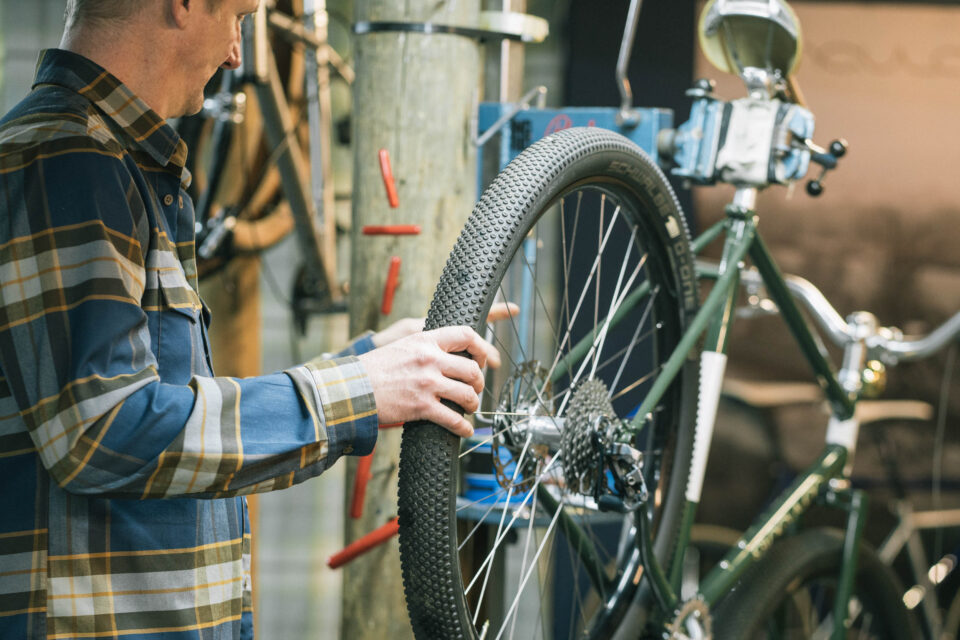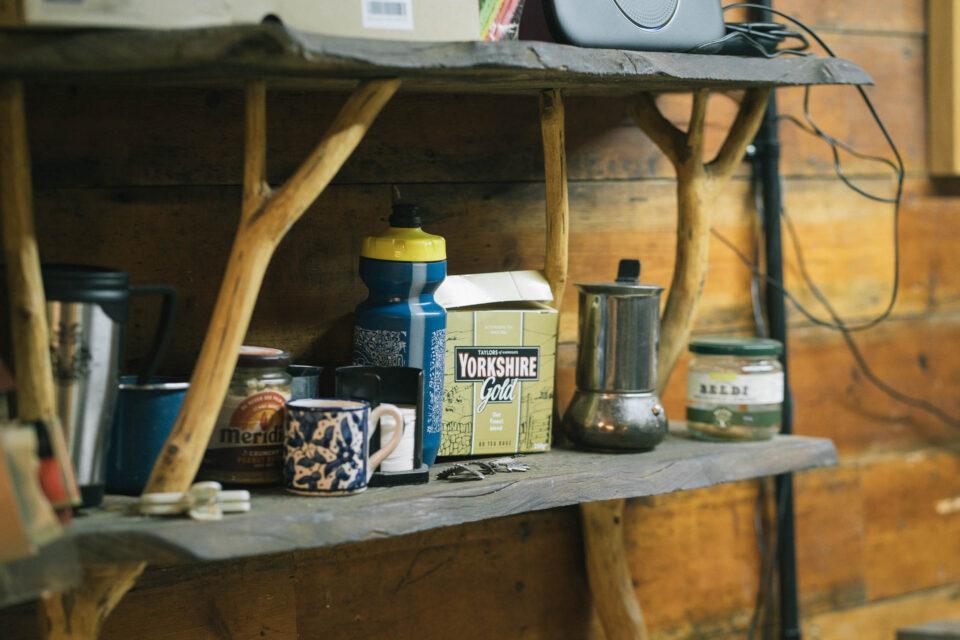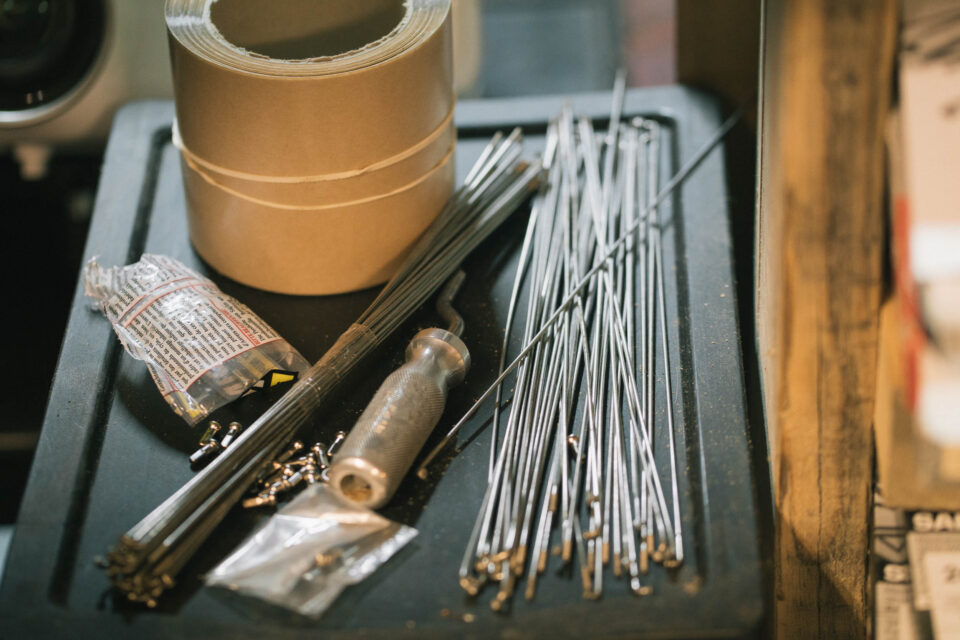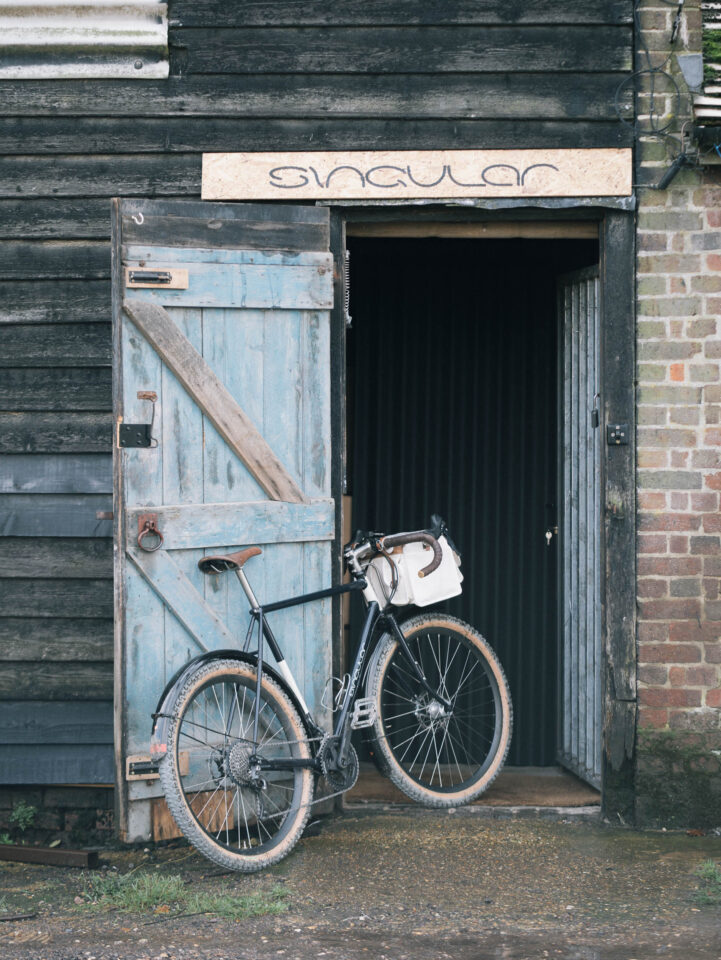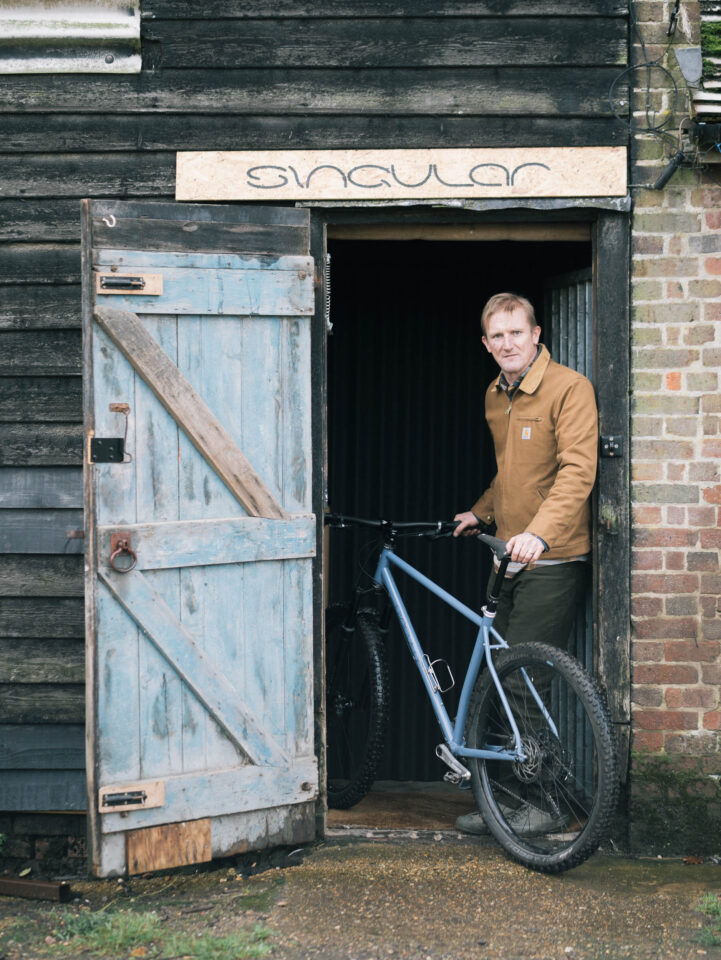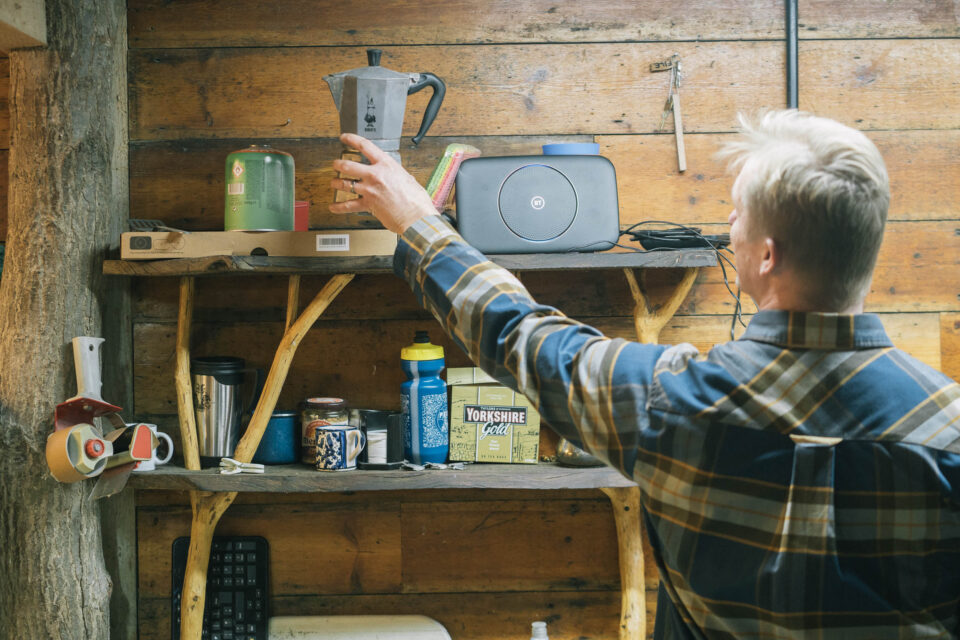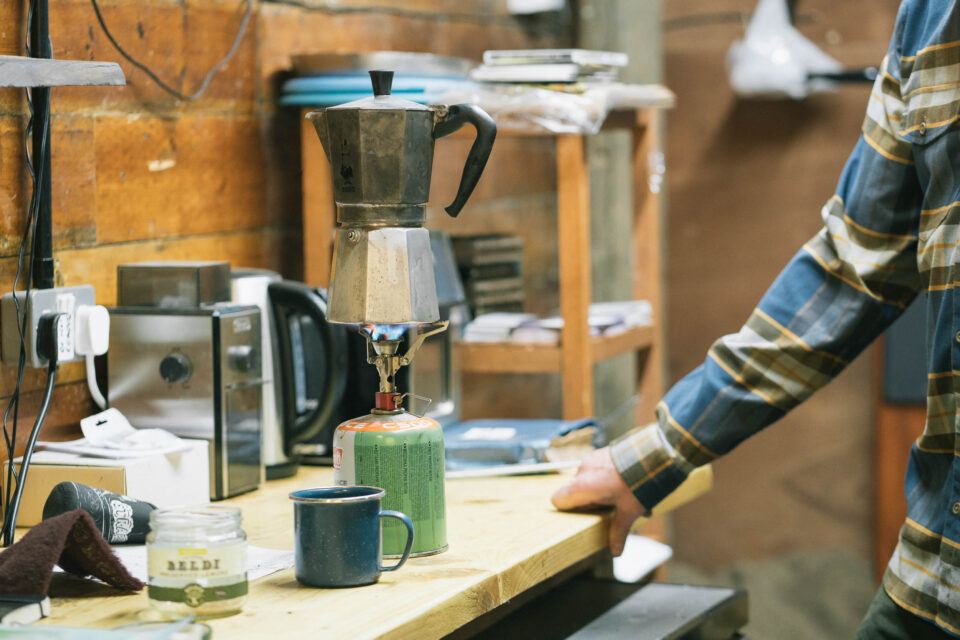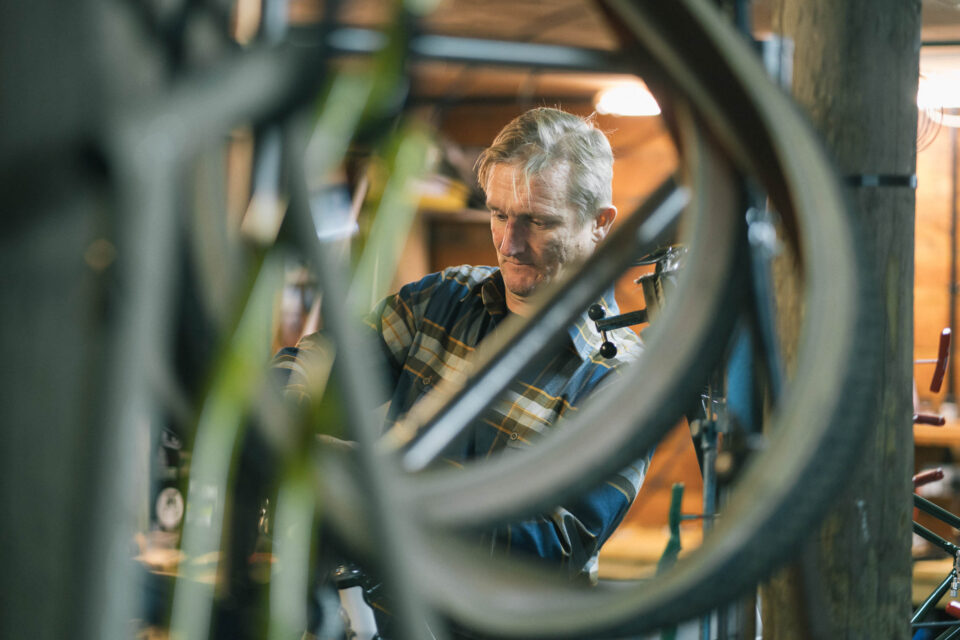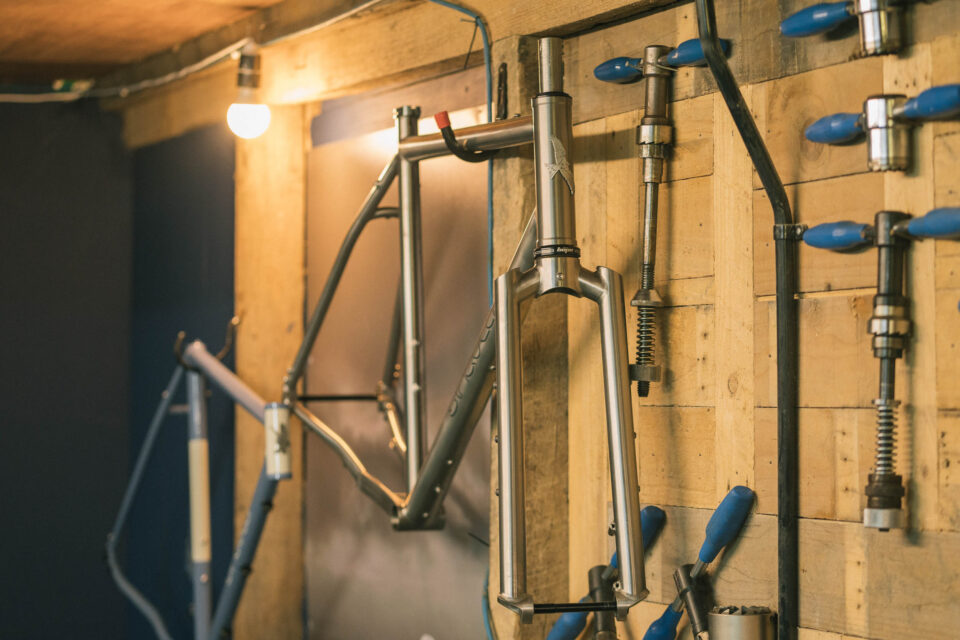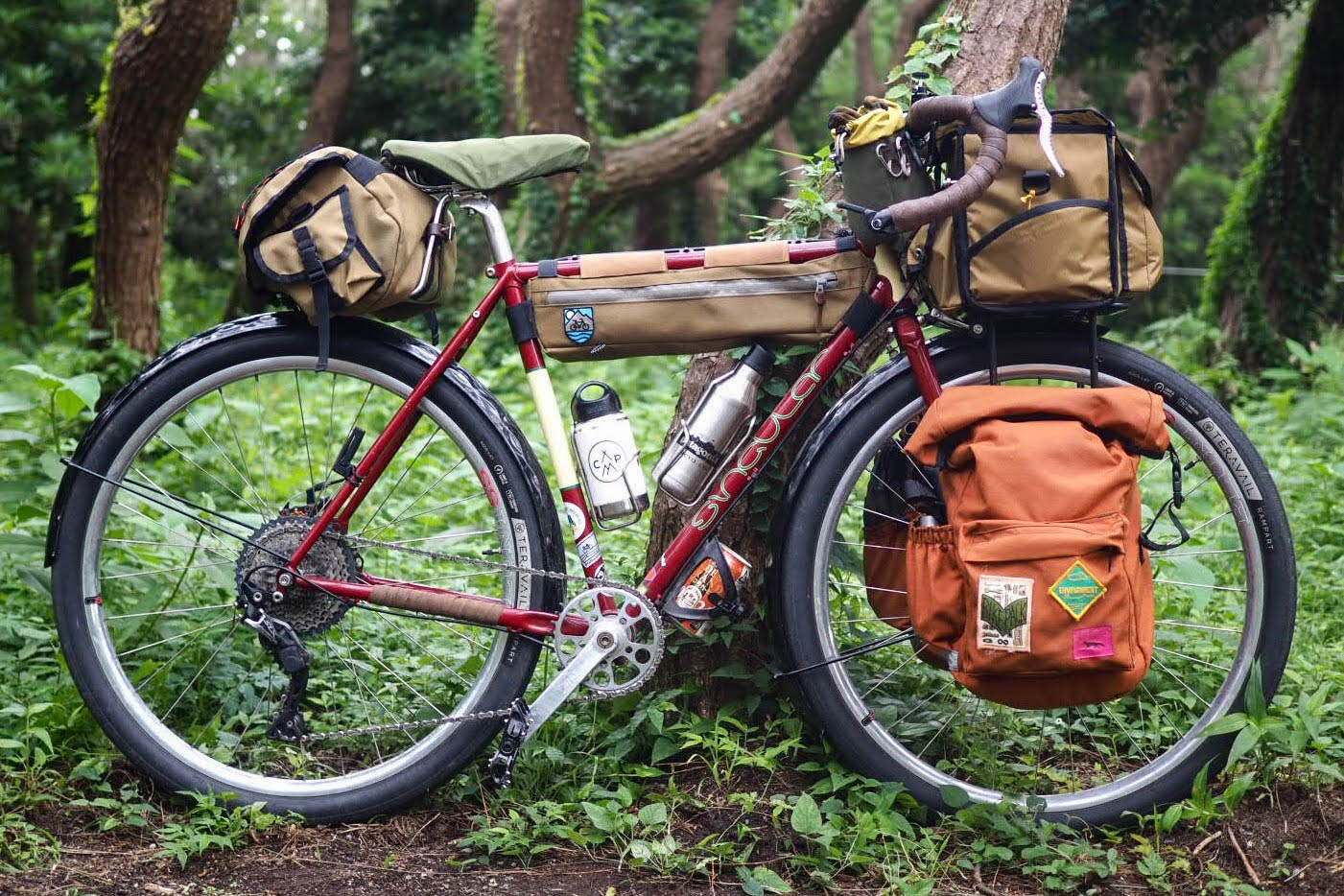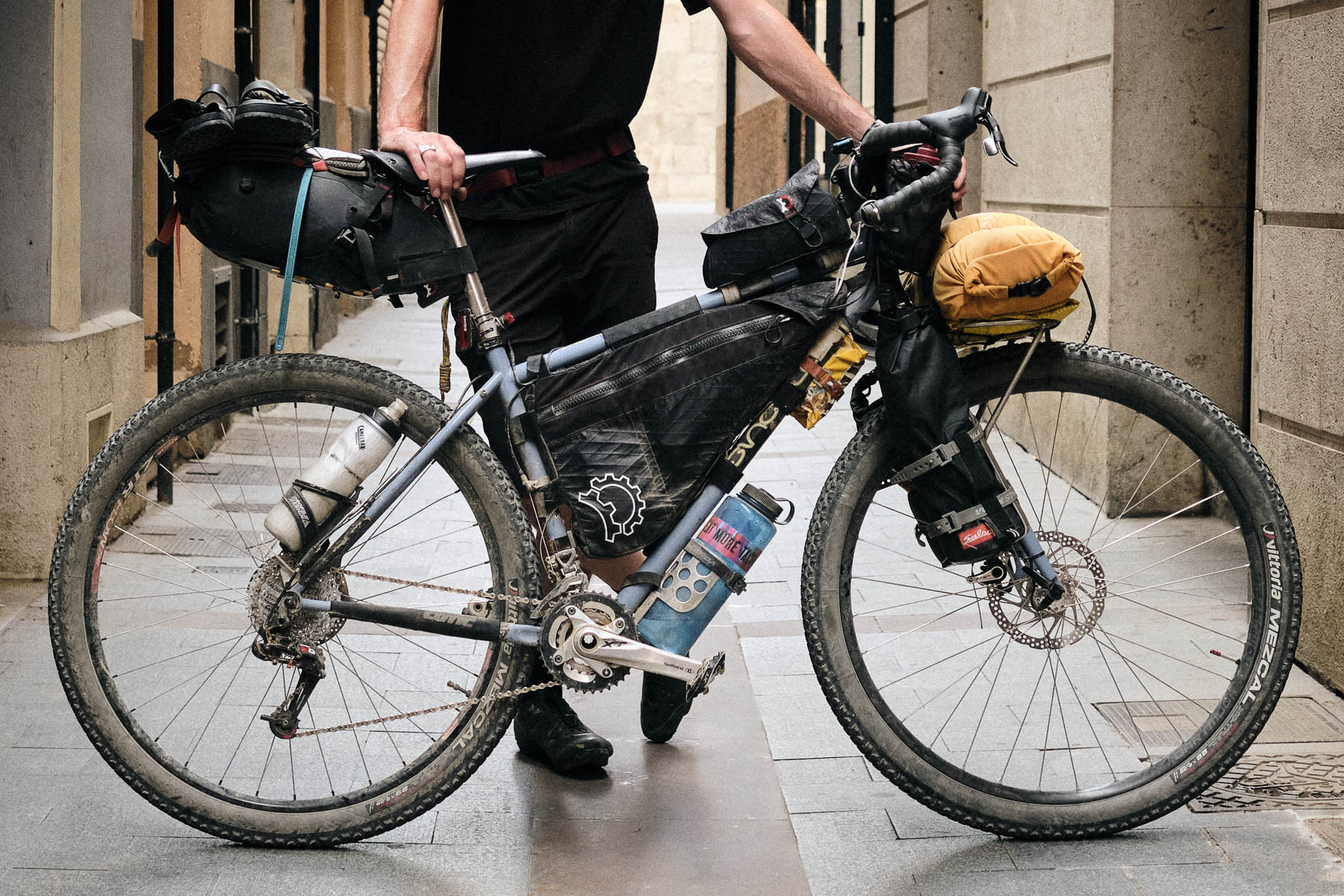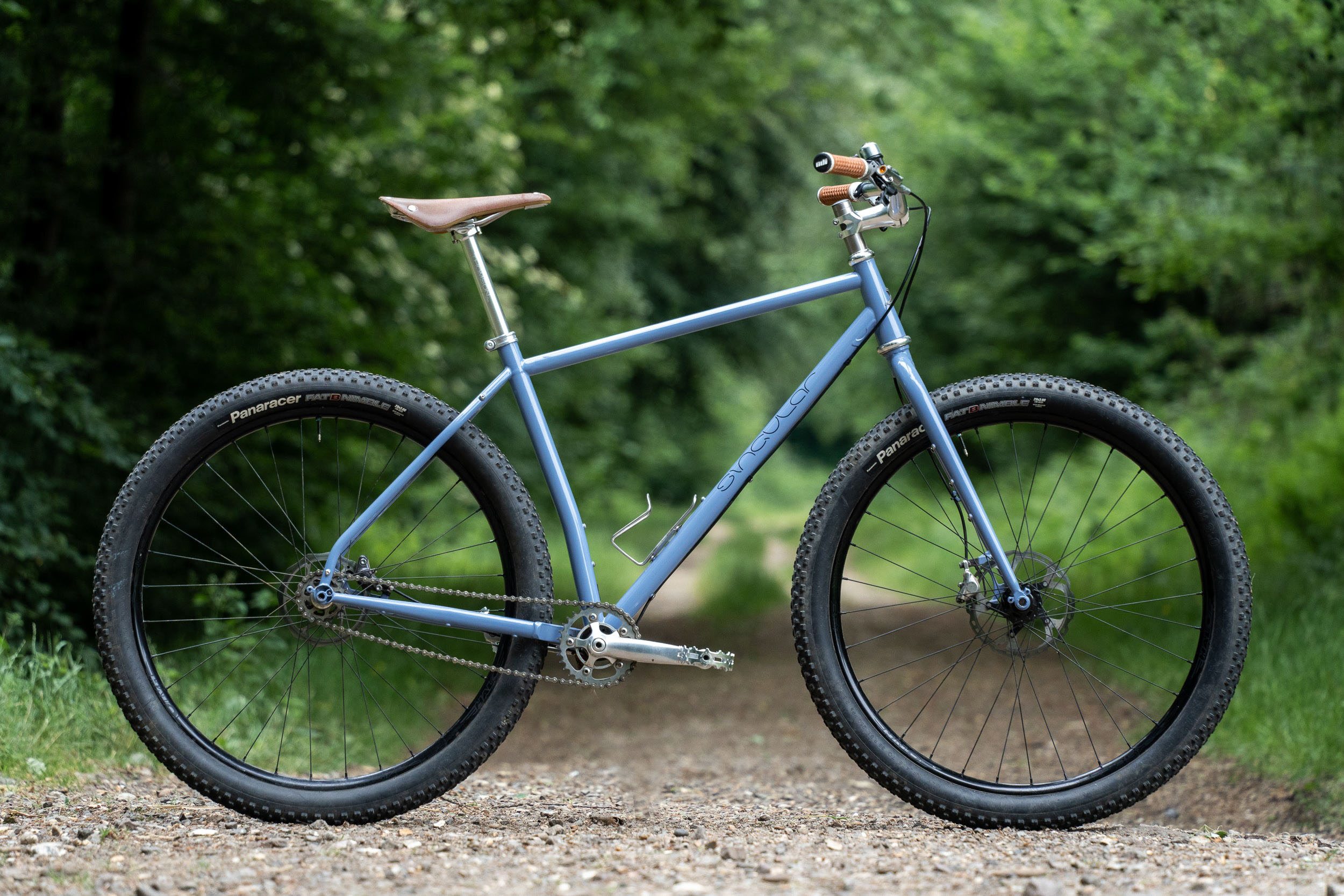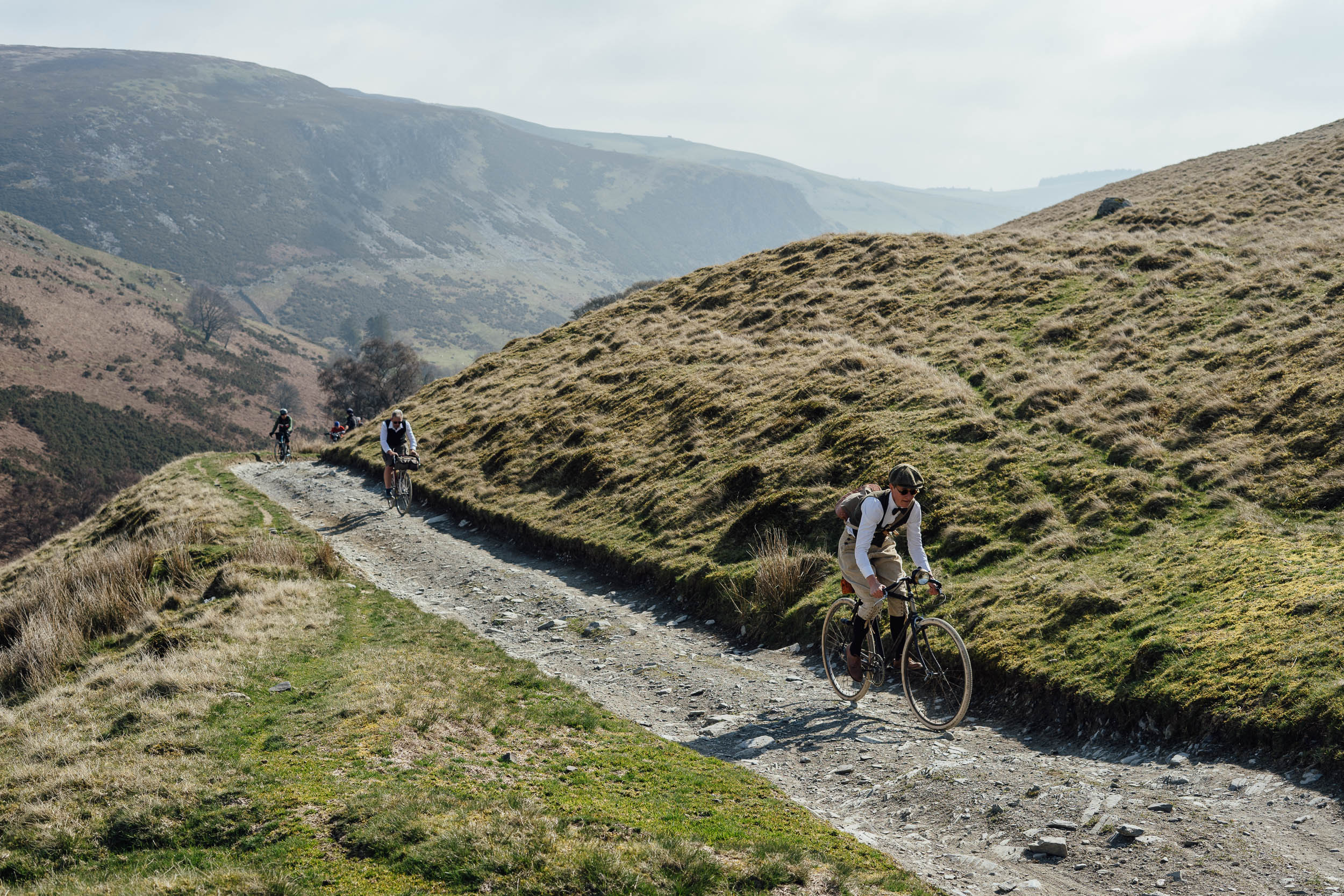Inside Singular Cycles: A Story of Elegance and Innovation
Share This
For nearly 20 years, Sam Alison of Singular Cycles in the UK has been designing forward-thinking bicycles built for adventure. We sent photographer Tom Powell to Sam’s cozy workshop just outside of London to learn more about his trendsetting steel and titanium frames and the inspiration behind them. Find a short video portrait and a look inside Singular Cycles here…
Einstein famously asserted, “Everything should be made as simple as possible but not simpler.” This sentiment is emblematic of Singular Cycles, a small UK-based company with an ethos mirroring this philosophy. Owner and founder Sam Alison has dedicated the past 18 years to crafting exceptional adventure bicycles that have never ceased to capture attention and admiration. Located in the picturesque Chiltern Hills just north of London, Singular is synonymous with elegance and innovation in the cycling world.
Perched on my hotel bed, I savored the morning’s second cup of instant coffee in my modest lodging on the outskirts of Luton. This town was only on my radar due to its proximity to one of the UK’s major budget airports, and I’m not sure there’s much more of note. As the TV in the background buzzed with noise from a breakfast show, my thoughts were far removed from bikepacking. Amidst this urban sprawl of the UK, it was hard to imagine that the mind behind some of today’s most beautiful utilitarian bicycles lived nearby. These are creations engineered to thrive in the harshest environments around the globe, often worlds away from the congested roads of the British Isles.
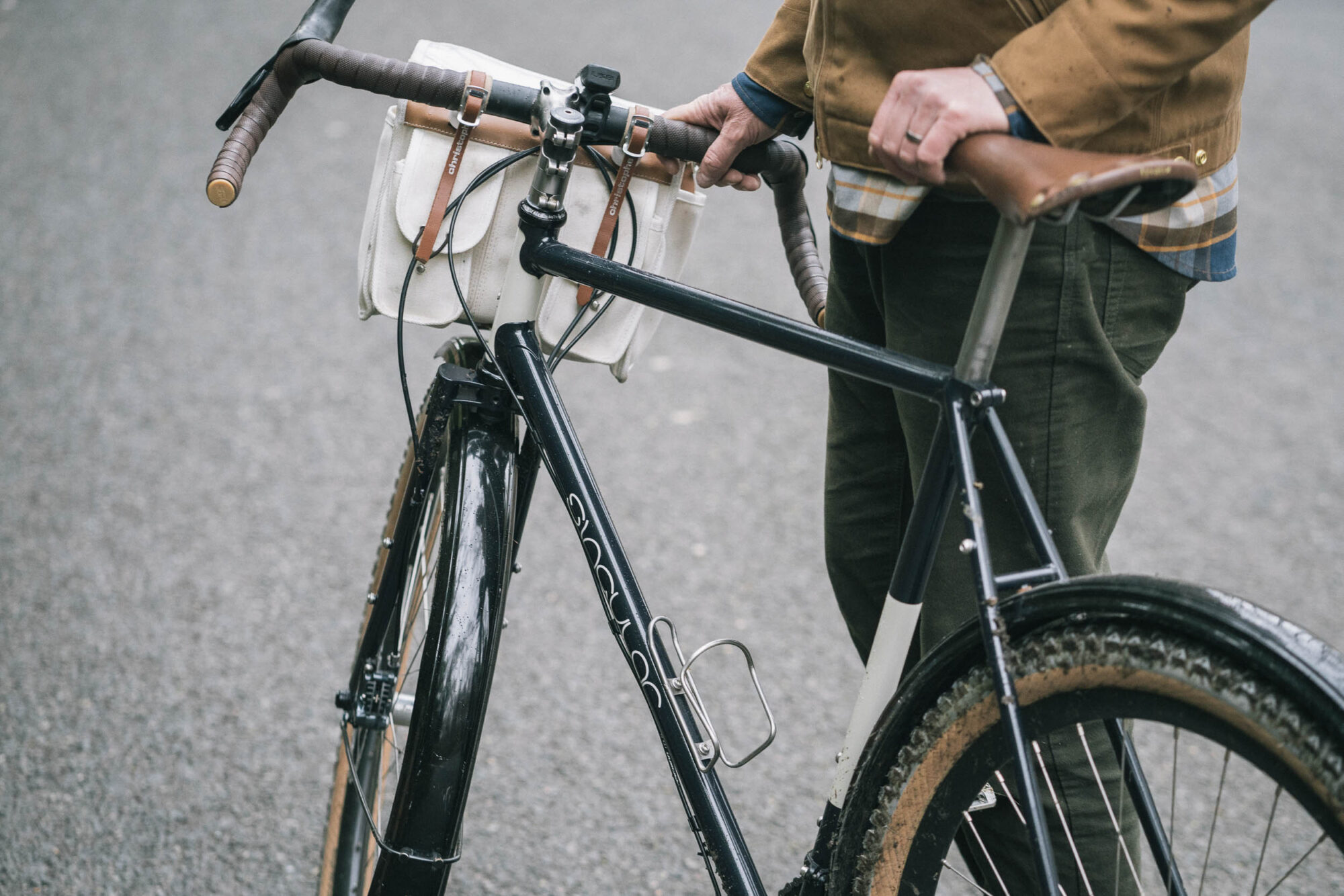
Sam grew up in rural Australia, where riding bikes in the yard and making homemade jumps were commonplace, and his passion for travel on two wheels was forged from a young age. Producing bikes was never exactly in the plan. Still, after learning about geometry and construction while working in a bike shop during university, Sam realized he had enough knowledge and connection to be able to design and order his own bikes that were more suited to the type of riding he wanted to pursue. Custom frames based around 29″ mountain bike wheels weren’t common at the time, and folks quickly took notice of his designs at races and events. It wasn’t long before orders started coming in.
Sam’s designs beautifully blend timeless simplicity and rugged utility, drawing inspiration from his early days of racing track bikes and ’90s mountain bikes. Their enduring nature has helped them remain at the forefront of adventure cycling for over a decade now. Whether you’re new to bicycles or have been fine-tuning your taste for years, you can likely find something to appreciate about a Singular.

As my journey to Sam’s studio changed from urban North London sprawl to historic rural English countryside, the environment seemed more fitting for his brand. He designs and builds his bikes from the ground floor of a converted red brick barn, surrounded by farmyards and quaint country homes. After making a pot of coffee on his camp stove (well exceeding my daily caffeine intake), Sam showed me around his studio space while we caught up on his approach to design, bicycles, and keeping it simple. Find excerpts from my conversation with him below.
Fill us in on your cycling origin story and how things have evolved during that time.
I started out just riding bikes since I lived in quite a rural environment, and I grew up riding around on the farm with a BMX and building jumps—planks over bricks sort of thing—and then began mountain biking in the mountain bike boom of the late 1980s and early ’90s. I later went off to uni, started working in bike shops, and found myself at a shop that did a lot of custom builds and other things. That’s when I really started to get interested in frame design and differences in types of tubing and riding.
Fast forward a bit, and I moved to Europe and the UK. That was right around the time of 29ers kicking off. Initially, I just wanted to get a custom bike for myself. I had a specific idea of the type of bike I wanted: a straightforward steel frame, 29-inch wheels, nice geometry, and good handling. Those early days were still kind of about figuring out what could work. I contacted many custom frame builders, asking, “Can you do this?”
Every frame builder brings a unique perspective, but I was very specific about what I wanted. I was more like, “No, just build this. I’ll give you the drawing and tell you the specs.” As I realized I had most of what I needed figured out, I decided to reach out to a production factory and ask if they could build it instead. That’s precisely what I did. I knew of a few factories in Taiwan that could do the sort of thing I was after. I sent them some drawings, they sent me some sample frames, and away we went. That’s essentially the story of the Swift, a single-speed 29-inch mountain bike.

Initially, I’d just thought of ordering samples as a good and cheap way to get a custom frame, but when I took mine to a handful of races and events, a lot of people had a positive reaction. Many folks asked me what it was and how they could get one, and I realized that it might be possible to do something more. I ended up putting all of my savings into ordering 100 of them. I came up with the brand, drew the logo, made a simple website, and began trying to sell them, hoping for the best.
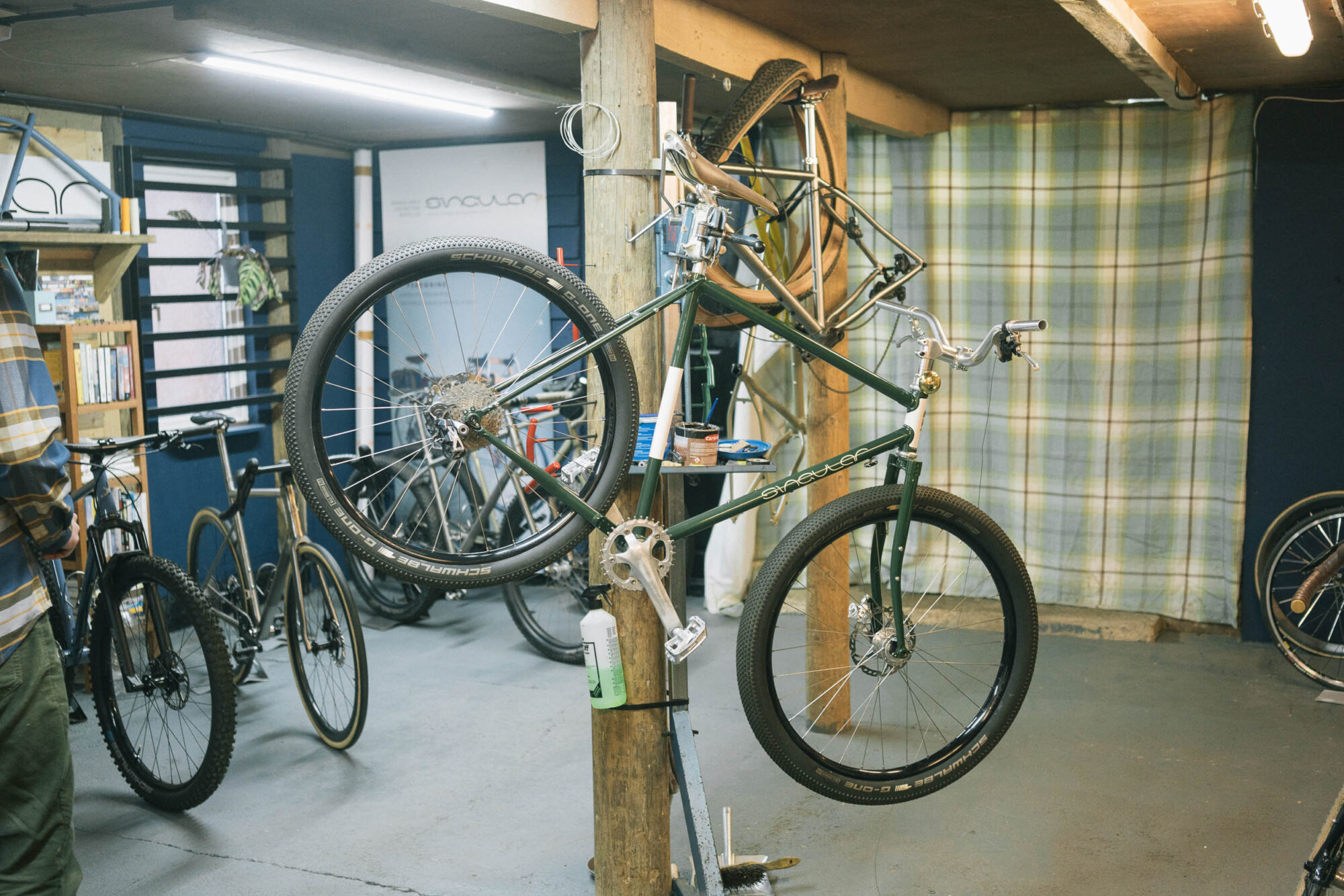
That’s where it all began. There wasn’t really anything exactly like it on the market at the time. Maybe a Salsa, and the early Karate Monkey, of course, but it was early. I’d always envisaged it as something a little nicer and simpler with more refined details. It resonated with some people, and then we ordered a larger production batch, and it took off from there.
What’s the most satisfying part of the job for you these days?
Seeing people enjoy being on one of my bikes is what makes me the happiest. I love designing bikes, but getting feedback from the people who are out riding them is the most rewarding thing. It’s not always immediate, either. Sometimes, I’ll see people many years down the road, and they’ll tell me they have one of my bikes for five or 15 years ago and still love it. It’s a fantastic feeling to know that someone is getting long-term enjoyment out of something I helped produce.
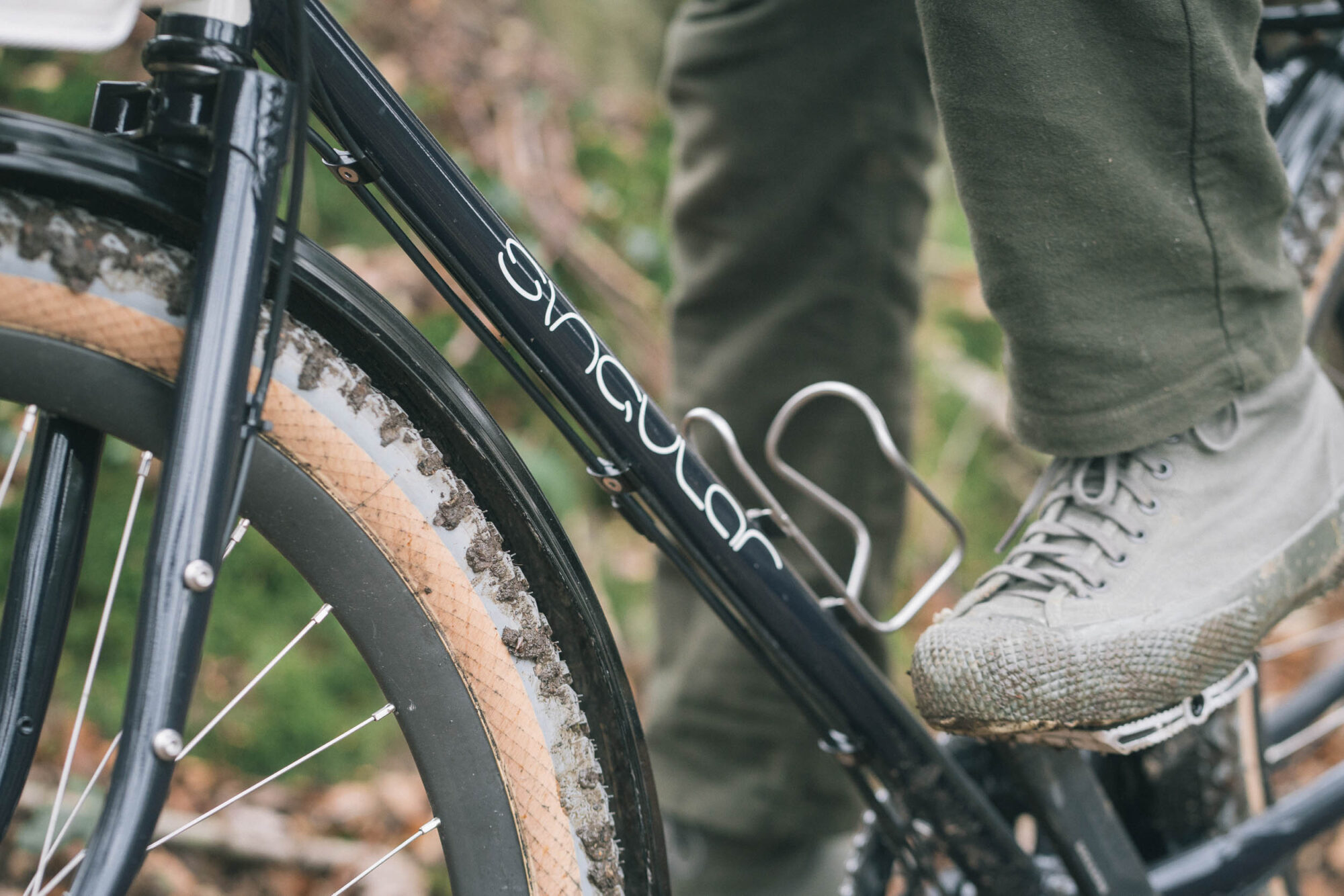
How did you learn about frame design?
I don’t have any formal design or engineering training, but I worked in a bike shop that built a lot of custom frames. That’s where I started to develop an understanding of the effect of different elements such as geometry, tubing selection, and so forth. I was a sponge, reading as much as I could, talking to people, and riding lots of different bikes.
From there, I developed an understanding of what I consider to be a bike that rides well. I also thought a lot about aesthetics, which is a big part of it to me; I like bikes to be beautiful objects to look at in addition to performing their functions well. “Art” is a grandiose term, but the bicycle is a functional object that can also have some visual appeal.
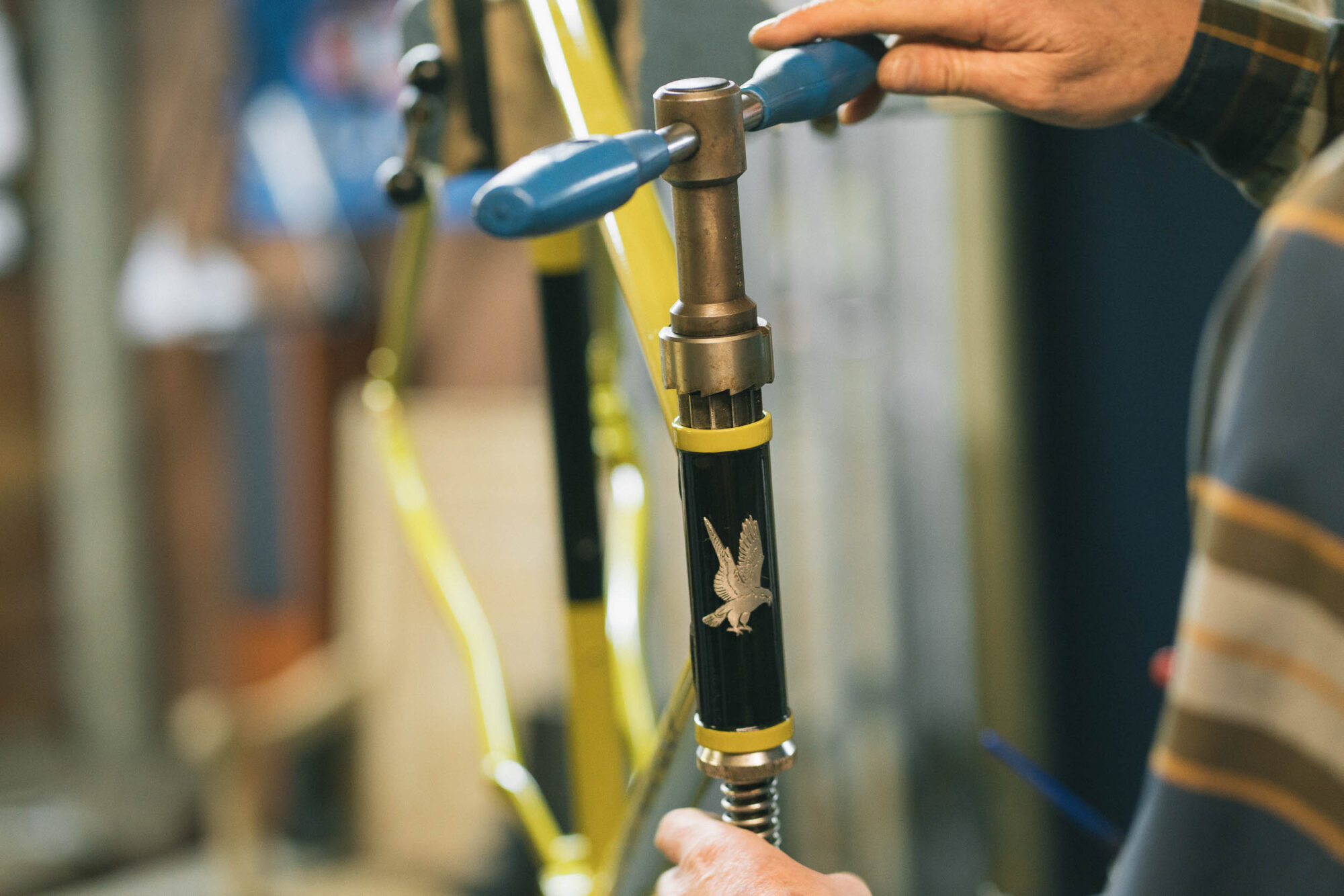
Where do you find inspiration?
I’ve done many different styles of riding over the years, but what first lit my fire was mountain bikes in the early 1990s—just the pure adrenaline rush and fun of it. I was actually into skiing before that, but the season is pretty short in Australia, and riding mountain bikes allowed me to experience similar sensations throughout more of the year.
In addition to mountain bikes, I’ve tried or been into pretty much everything else over the years, from road racing to track racing and cyclocross, but the design of my bikes is more influenced by bikes with a classic style. The 1960s and 70s come to mind, as do old French cars. Mix that with the early era of mountain biking, Grant Peterson and Bridgestone, Charlie Cunningham’s bikes, and various other influences here and there, and you’ll roughly arrive at something that looks like a Singular. The influence is stronger in some models than in others.
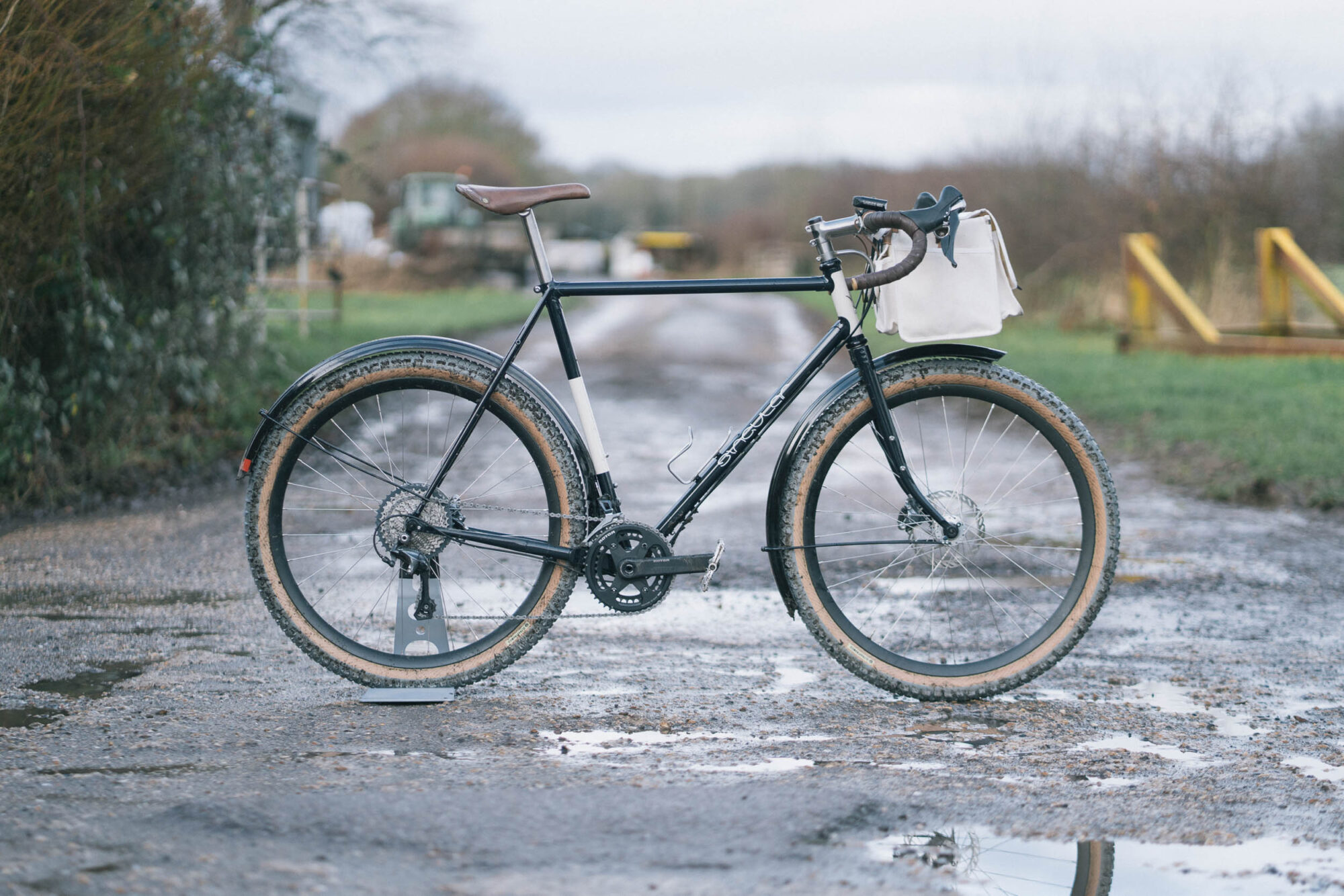
You work with both steel and titanium. Which one is more popular?
Steel, probably, but the titanium stuff has been doing really well, which is nice. I love titanium and the way it rides—it’s so light and lively—but steel is where I started, and I absolutely love the ride of a good steel frame, too. I know talking about ride quality is a whole can of worms to open. For a given frame material, there’s so much variability from differences in tubesets and diameters and such, even for bikes with the exact same geometry. Still, I’ve found quality steel and titanium to be a joy to work with, and I’m happy to offer both.

In terms of what’s popular as far as frames sold, the steel stuff sells better, as it’s obviously more keenly priced, and I think people appreciate the long-term reliability and nice solid feel of a steel frame. That’s not to say titanium isn’t reliable long-term either, and I’m confident that any of our frames will have a good long lifespan.
Lastly, tell us about your history with traveling by bicycle and how it influences the bikes you design and ride today.
When I was younger, I did quite a bit of touring around the UK, Europe, and Australia. I also grew up hiking and camping and going off on those sorts of trips. I love getting away from it all and being out in nature and self-sufficient. I still enjoy getting out for short trips when I can, but that’s mostly limited to overnighters or weekends away now. I keep tossing around the idea of another longer trip, and I’ve mostly designed frames that work really well for that sort of thing. It’s fortuitous that the bikes I like riding for singletrack mountain biking—not super aggressive, but more like wheels-on-the-ground style stuff—also lend themselves quite well to lightly loaded tours.
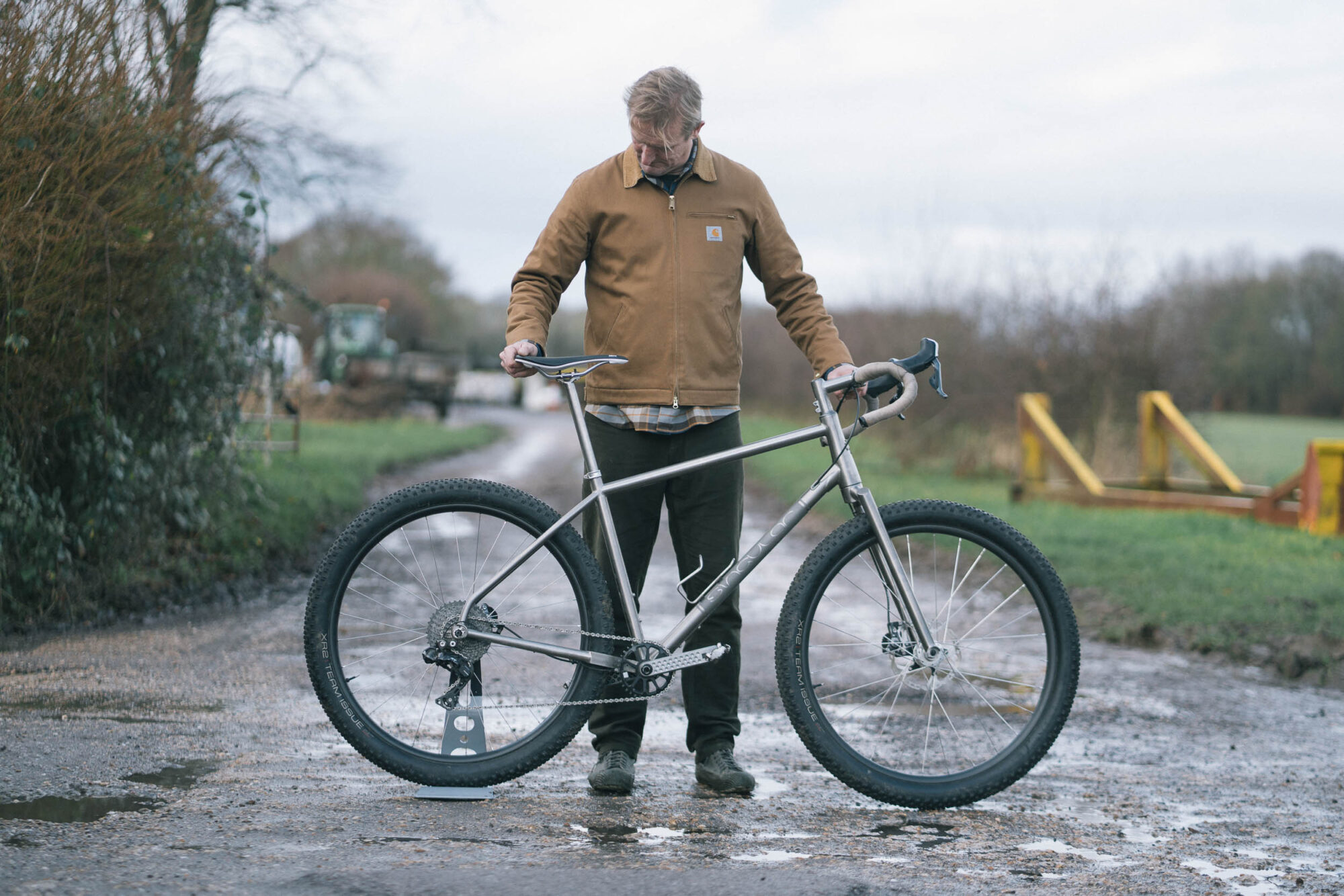
My frames aren’t exactly built for fully loaded rides around the world, but I think it’s nice to have something that can carry some gear and also offers sporty handling. If you’re loading up, you don’t want the laden bike to feel like a barge that just barrels along in a straight line. And I think part of what often distinguishes bikepacking is the mix of some hike-a-bike and being able to hit some fun little trails that you couldn’t on a road-touring setup. It’s just lucky that bikepacking sort of took off in the early days of Singular, which was beneficial for us.
Singular bikes naturally lend themselves to getting a little further off the beaten path, and early on, I had some good friends and team riders who were into the long-distance, self-supported style of riding. More broadly, my approach is always to keep it simple, which is built right into the origin of the Singular name; I was massively into single-speed mountain biking at the time I launched it, and most of the frames are still single-speed compatible—something that’s increasingly popular in the bikepacking world today.

Still, I guess as I get a little older and less strong, I tend to appreciate having a few more gears at my disposal, though having the option to run a single gear is still important to me. I also love being able to attach a few bags and take on a bunch of different roads and trails. That versatile approach, paired with a simple and clean design, informs much of what I aim to design these days. All of the models have a fairly specific purpose but can do a little of everything.
As much as my past experiences with cycling have led the Singular brand to where it is today, I’m motivated by all the amazing things my customers are doing and making sure the bikes can take them wherever they want to go for years to come.
You can learn more about Singular at SingularCycles.com and on Instagram.
Further Reading
Make sure to dig into these related articles for more info...
Please keep the conversation civil, constructive, and inclusive, or your comment will be removed.






